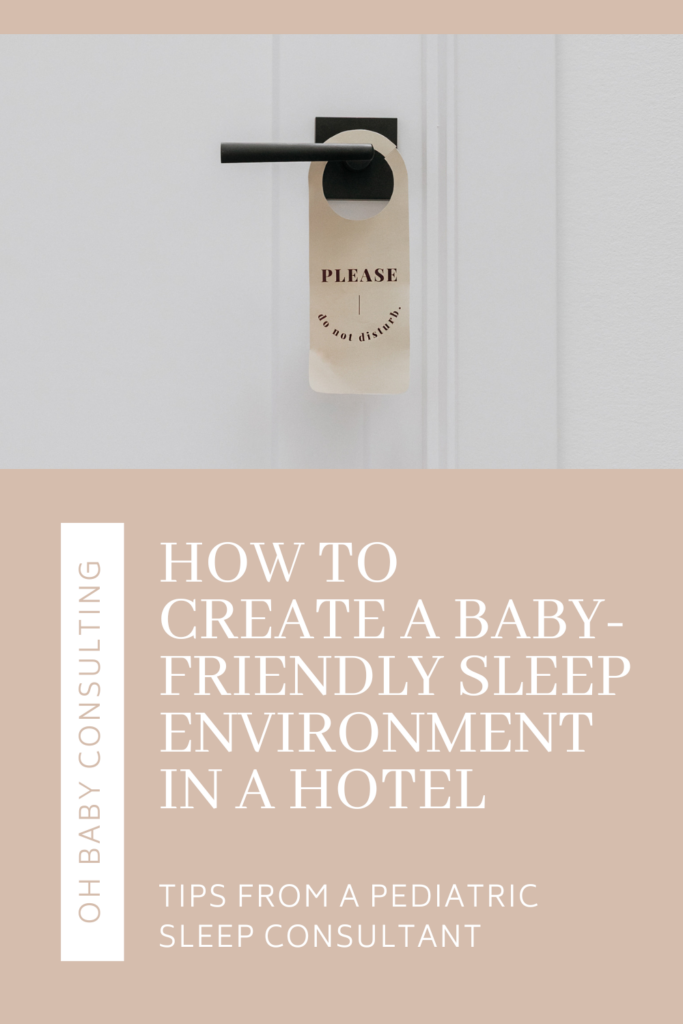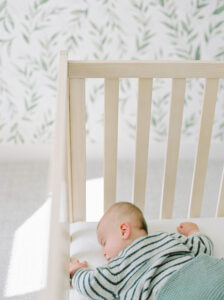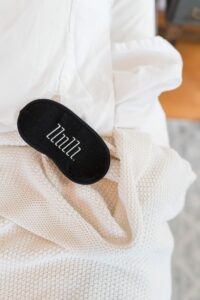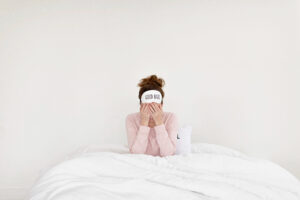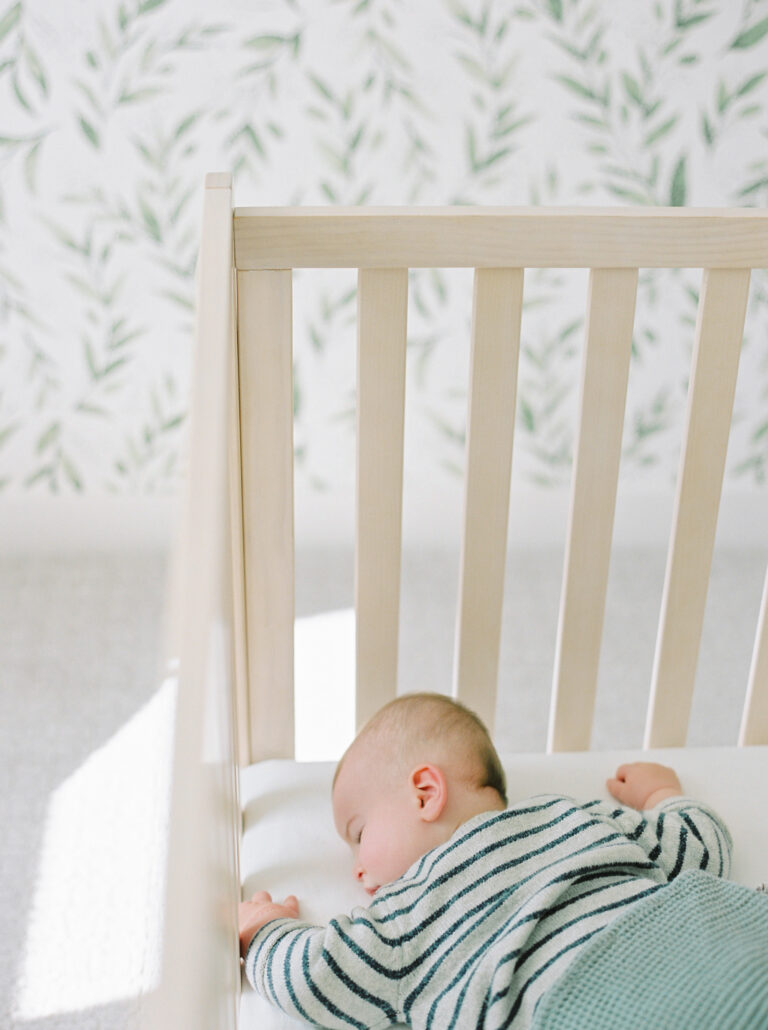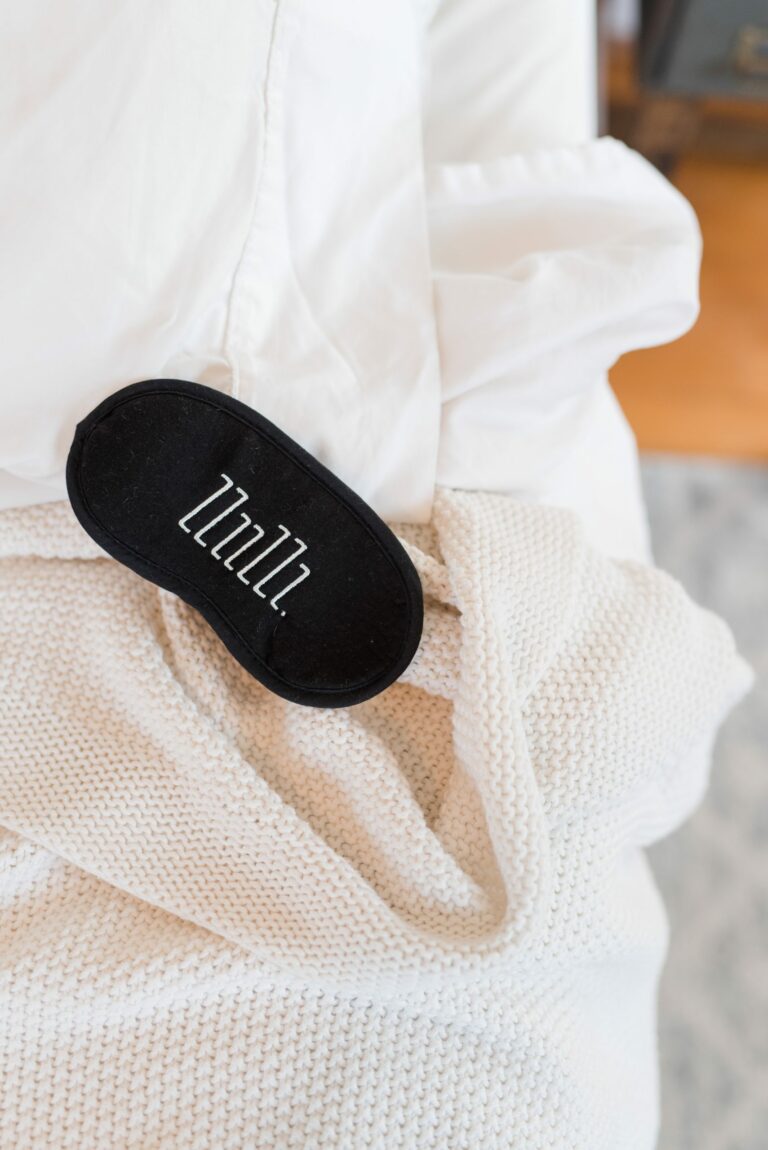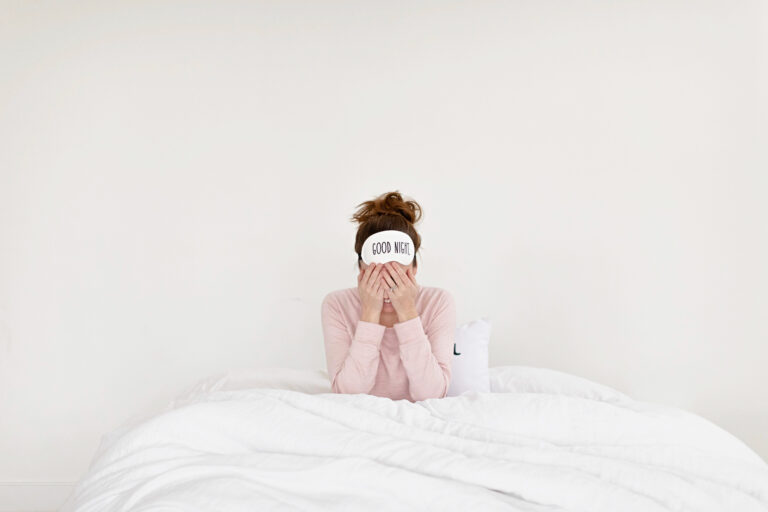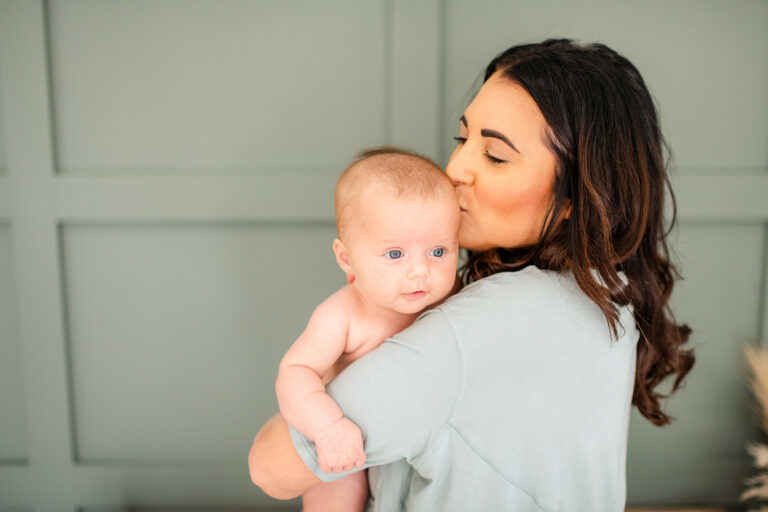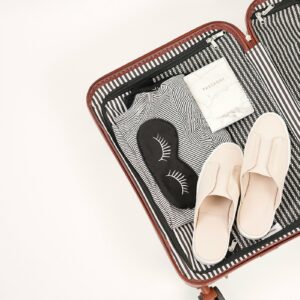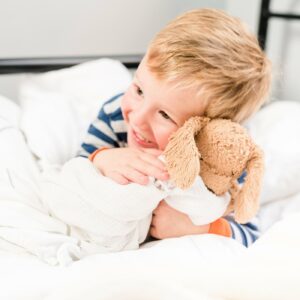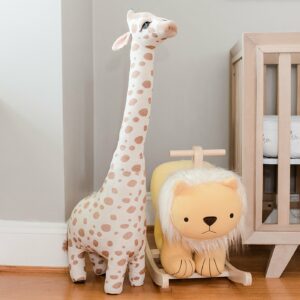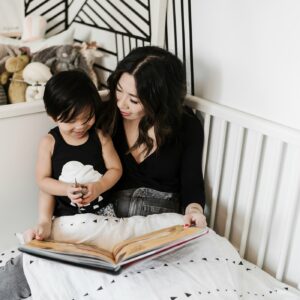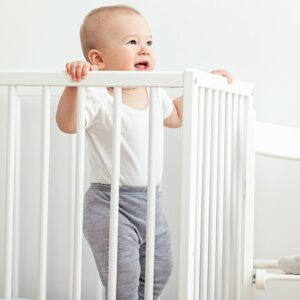Traveling with young kids is quite an… adventure, and ensuring they sleep well while away from home can mean the difference between a dreamy vacation and a trip from hell. While traveling, there is certainly a balance between maintaining consistency and leaning into flexibility. Nowhere is that dichotomy more apparent than where your child sleeps while away from home.
If you’re nervous about an upcoming trip or have struggled in the past to get good sleep while staying at a hotel, these tips will help you set your child – and by proxy, you – up for great sleep no matter where you stay.
Where to Stay?
Whenever possible, I recommend renting a house over staying at a hotel when traveling with young children. This will give you a degree of flexibility you would not otherwise get. Your little one(s) can have separate rooms, you aren’t held captive in a pitch-black room after bedtime or during daytime naps, and you generally can maintain a lot more consistency this way.
Of course, a rental house is not always possible and sometimes a hotel room is the only option. Here’s what you want to consider when you book your hotel.
Hotel Room Options
The Adjoining Rooms – this is often the best-case scenario for sleep spaces, especially if you’re not used to room sharing at home. The grown-ups can sleep in one room and the kid(s) can sleep in the other. You have separate entrances from the hallway so that one parent can come and go during nap or after bedtime (or even better – get a babysitter!) And of course, you’re not imprisoned in a dark room when your kids need to be sleeping either. If you can swing it, this option is usually the best way to keep your sleep environment and schedule consistent.
The Suite – this is a great option for families who want more space than a standard hotel room with the option of separate sleep spaces but care less about coming and going during the child’s sleep times. A suite is usually divided into two spaces: a living space and a sleeping space. This would allow you to:
- Share a bedroom with your child but have your own separate space for hanging out during naps and after bedtime
- Separate your child’s sleep space from yours and have them sleep in the living space while you sleep in the bedroom.
The Standard Room – this set-up is your most basic hotel room with either two queen or one king bed. While the least ideal of the three options, this setup is also the most common. So, let’s break down how to optimize sleep in a standard hotel room.
Setting Up Your Hotel Room
When you travel, you want to sleep in a bed, with a pillow and a blanket, right? It’s what’s familiar, comfortable, and will give you the best quality sleep while you’re away from your own room. Your child wants the same: they want their sleep space to be as similar to their sleep space at home as possible. If they sleep in a crib at home, plan to give them a crib (or a travel crib) while you’re away. If you don’t want to haul a travel crib, you can see if your hotel provides one or rent one through BabyQuip.
If your child sleeps in a bed at home, ask for a cot to be brought up, bring a toddler blow-up bed, or choose a room with two queen-size beds. If you don’t already bed-share at home, avoid defaulting to this on vacation. It usually leads to suboptimal sleep and can create tricky situations when you’re back home.
If your child is not used to sharing a room with you, I highly encourage you to purchase or rent a SlumberPod (if you purchase from their website, use code ohbabyconsulting for a discount). This privacy pod will fit over a travel crib or toddler mattress and is a visual barrier making it feel like your child is in their own room even when you’re not. It’s also made of blackout fabric, enabling you to keep the lights on even after your child has gone to bed.
If you have enough space, consider putting your child’s travel crib or cot in an entryway nook, small hallway, or even a well-ventilated bathroom. These spaces feel more private and can therefore be less disruptive.
Don’t forget the rest of your child’s familiar sleep gear: sound machine, sleep sack, lovey, monitor, and even a toddler clock if they use one. While these items add bulk to your luggage, they are high-impact and well worth it.
Handling Bedtime
Before you expect your child to sleep in an unfamiliar space, give them a chance to get used to it. Allow them to explore the room while you’re setting everything up and let them help with the prep if they’re old enough. Giving your child a tour of where they’ll be sleeping will ensure it doesn’t feel foreign or strange to them come bedtime.
If your child is not used to room sharing and doesn’t already fall asleep with you in the room, it can be very disruptive to them to have you there at bedtime. After going through your normal bedtime routine (remember, consistency!!) leave the room and give them space to fall asleep independently. Either head out on a balcony or patio if your room has one or camp out in the bathroom. Once your child is sleeping, you can sneak back in.
Traveling with kids is a lot more enjoyable when everyone is well-rested. Make sure to either rent or bring along everything your child might need for a comfortable night of sleep for whatever accommodations you’ll be staying in.
For the most part, great sleepers at home continue to be great sleepers away from home. If your child struggles to sleep well, giving them a good foundation before traveling is so valuable. If you’d like support with this, I’d love to help.
